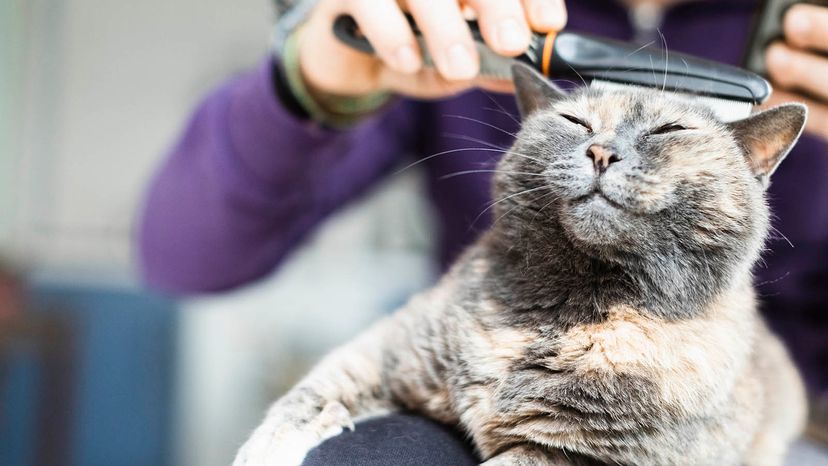Getting Rid of Fleas

For many people, seeing fleas prompts an immediate trip to a pet-supply store or vet for some type of chemical that will get rid of them. These chemicals can fall into a few basic categories:
- Insect growth regulators (IGRs) keep flea eggs from hatching by mimicking flea hormones. They may or may not affect pupae, and they have no effect on adult fleas. Some IGRs are topical — pets absorb them through their skin, and fleas ingest them with the hosts' blood. One IGR, methoprene, is often used as a spray. The World Health Organization also has approved methoprene for use in controlling mosquito larvae in malaria-prone areas.
- Chitin synthesis inhibitors, also known as insect development inhibitors, keep young fleas from developing properly by disrupting the formation of their exoskeletons. Lufenuron, also known as Program, is a chitin synthesis inhibitor.
- Pesticides kill adult fleas. Imidacloprid, sold under the brand name Advantage, is an example of a topical pesticide.
- Repellents like DEET discourage fleas from entering areas.
Some chemicals are intended for use in a particular environment, like a room or yard. Most of the time, you should remove pets and children before applying the chemical, and everyone should stay away from the area until it dries.
Advertisement
Other flea treatments are topical or oral medications for pets. Some of these treatments require fleas to bite pets to work, while others do not. Typically, you can purchase these flea treatments from a veterinarian. If you plan on using chemicals to treat your pets or home, use them sparingly, and follow all accompanying instructions to the letter.
Today, many flea treatments are exceptionally powerful, killing fleas and their eggs within a few days. But sometimes a simple on-the-spot treatment isn't enough to rid your home and pets of fleas. Here are some simple steps for preventing and dealing with flea infestations:
- Treat your pets and their environment at the same time.
- Bathe your pet and use a flea comb to remove fleas. If you plan on using a topical flea treatment on your pet, follow the instructions regarding how long to wait before or after bathing your pet.
- Vacuum your home thoroughly at least every other day. Immediately empty the canister or replace the bag, and discard the debris in an outdoor garbage can.
- Launder or replace pets' bedding frequently.
- Mow your lawn regularly. Rake and discard any leaves or other lawn debris, and keep piles of sand away from your home.
- Whenever possible, discourage wild animals from entering your yard.
There are a few home remedies for fleas that don't work. While flea collars can help keep fleas off your pets, they generally don't have much of an effect on established infestations. Feeding pets brewer's yeast, garlic and vitamin supplements also is unlikely to do much good against fleas. Ultrasonic collars also don't appear to act as a flea deterrent or repellent.
Most of the time, if you treat your pet, lawn and home for fleas at the same time, you can get rid of an infestation on your own. If not, you may need to contact a professional exterminator.